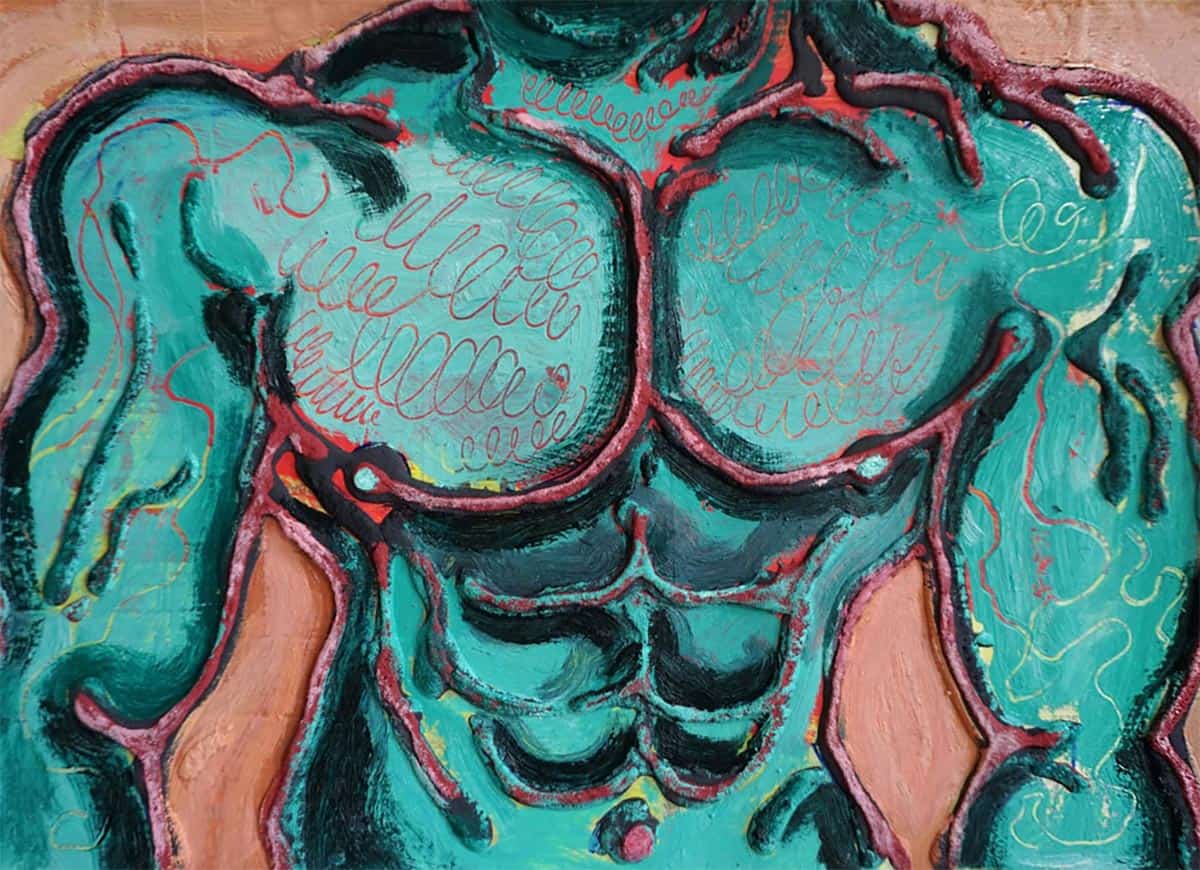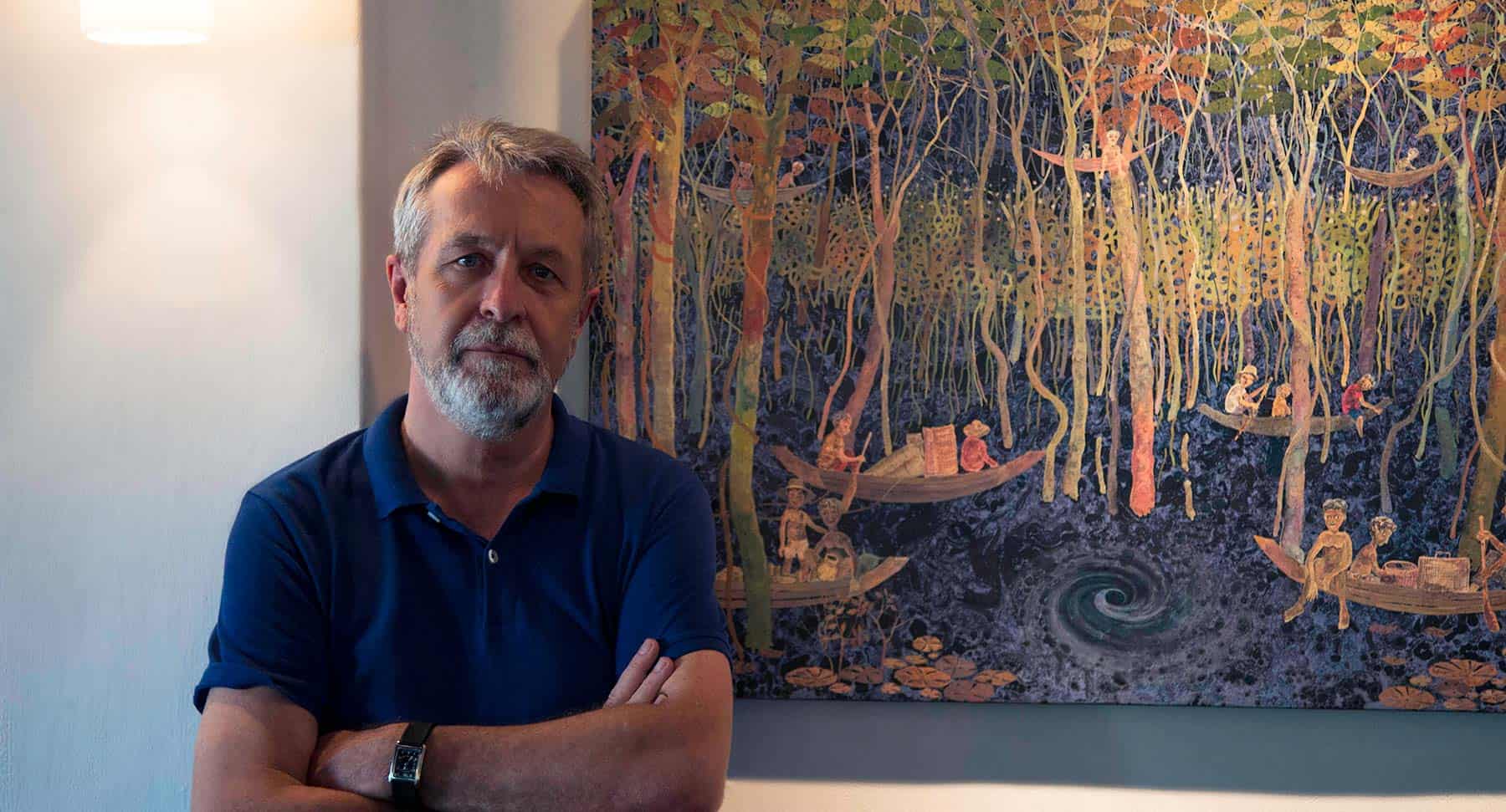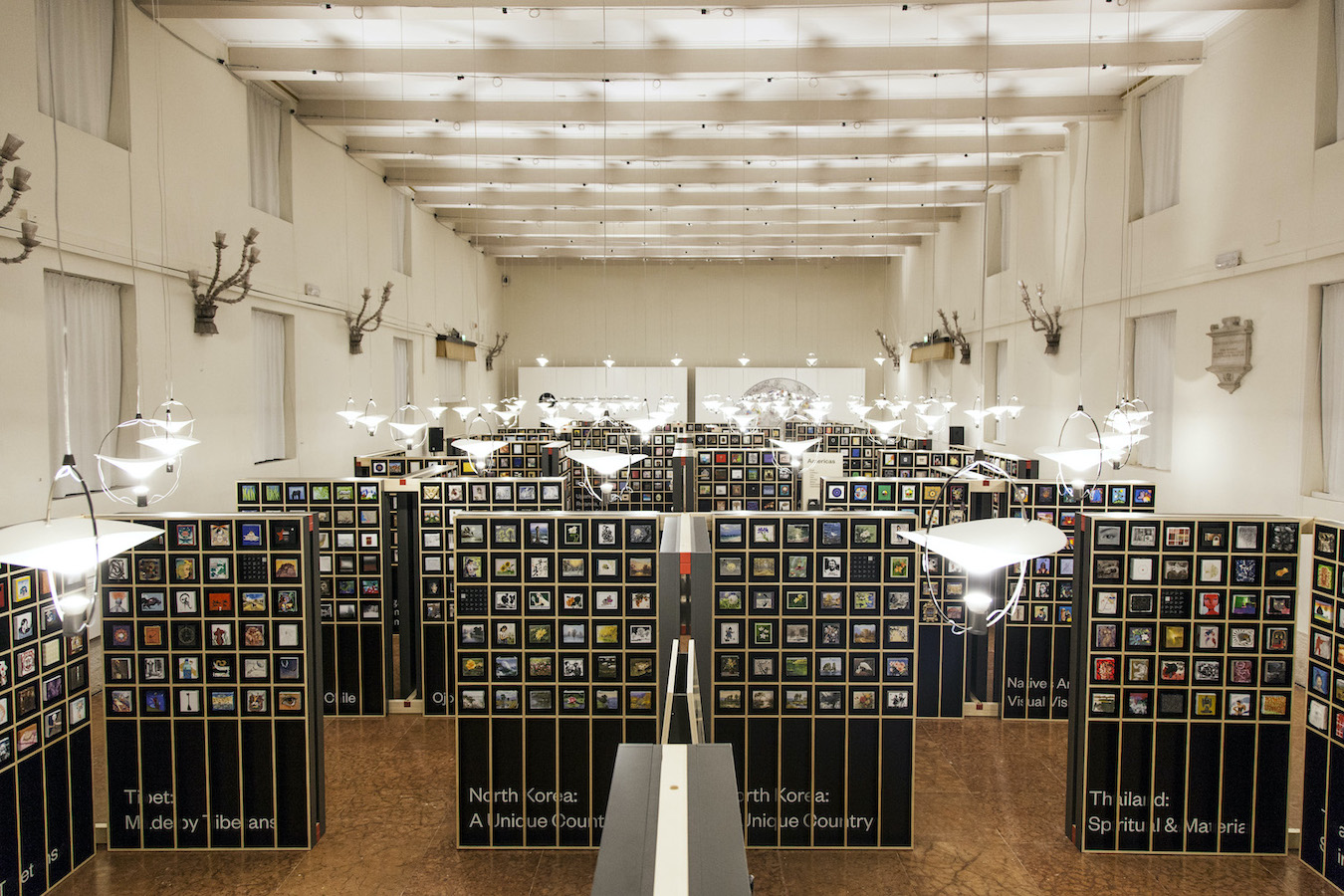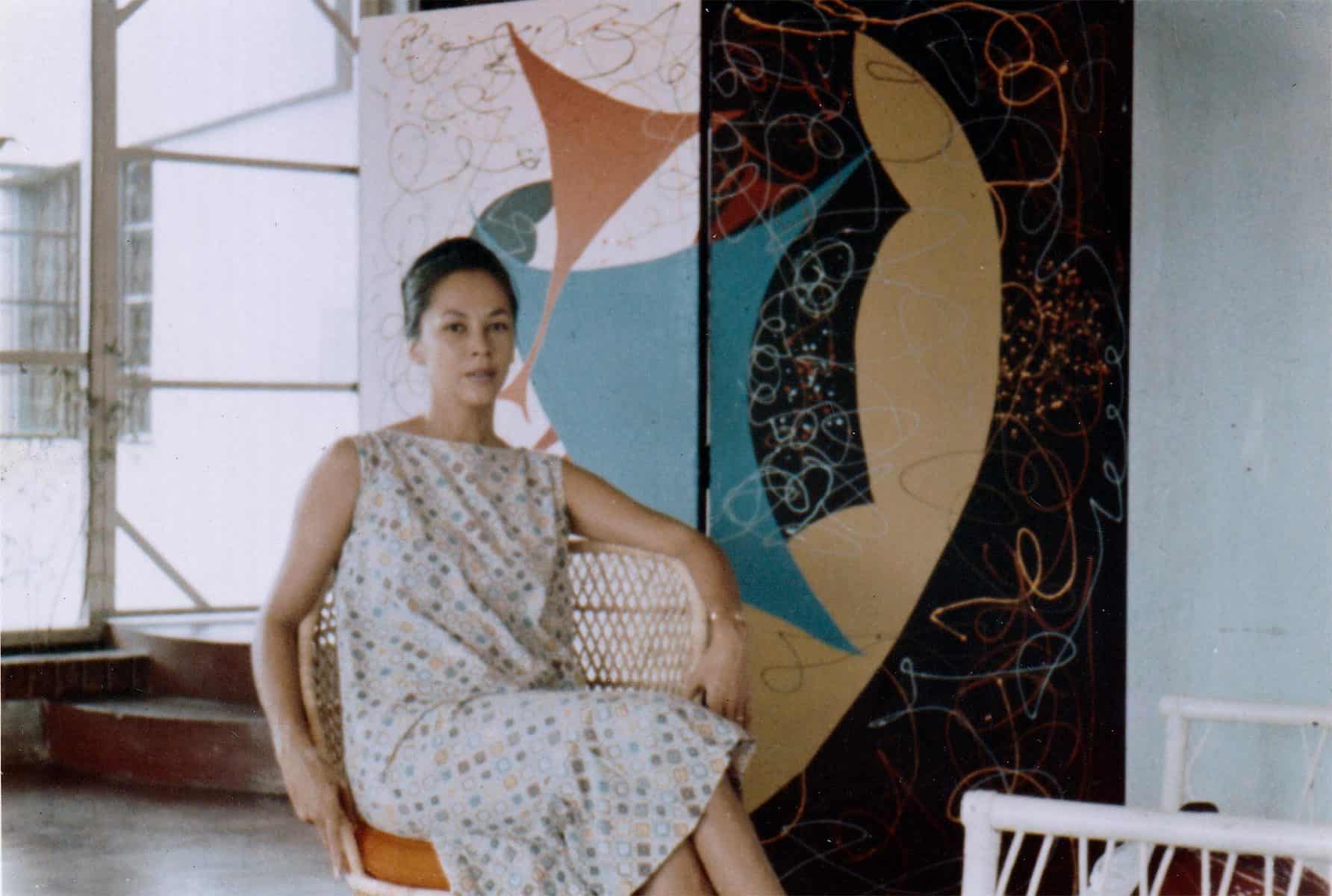
If you have any degree of familiarity with the history of politics and royalty in Burma, you will definitely know June Yadana as the daughter of the princess Ma Lat – the direct descendent of the last King of Burma – who later became the wife of the dictator Ne Win.
What is less known is June’s turbulent life across Europe and Asia, where she traversed the most significant moments at the turn of the twentieth century, always animated by a relentless spirit.
I have written about her for Plural Art Mag.
Read More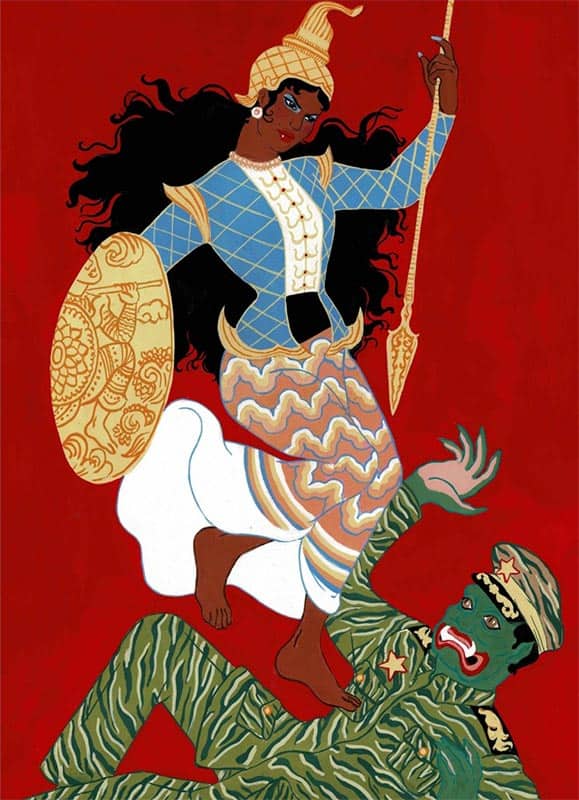

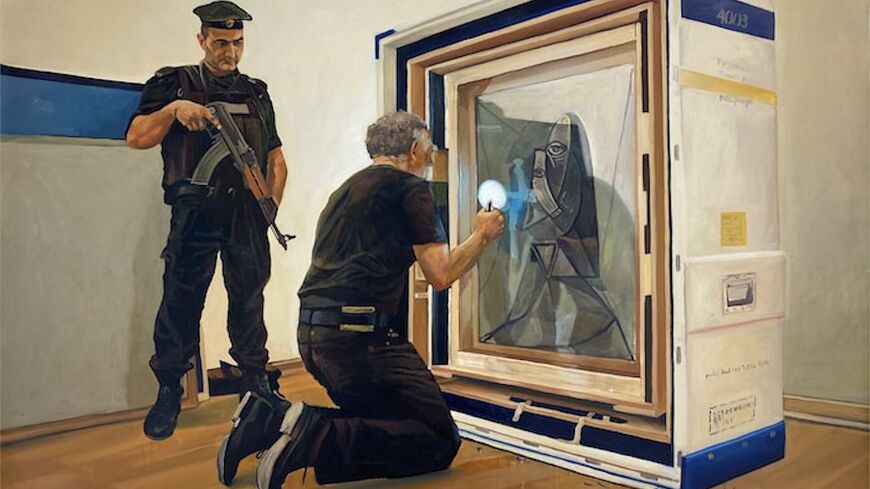

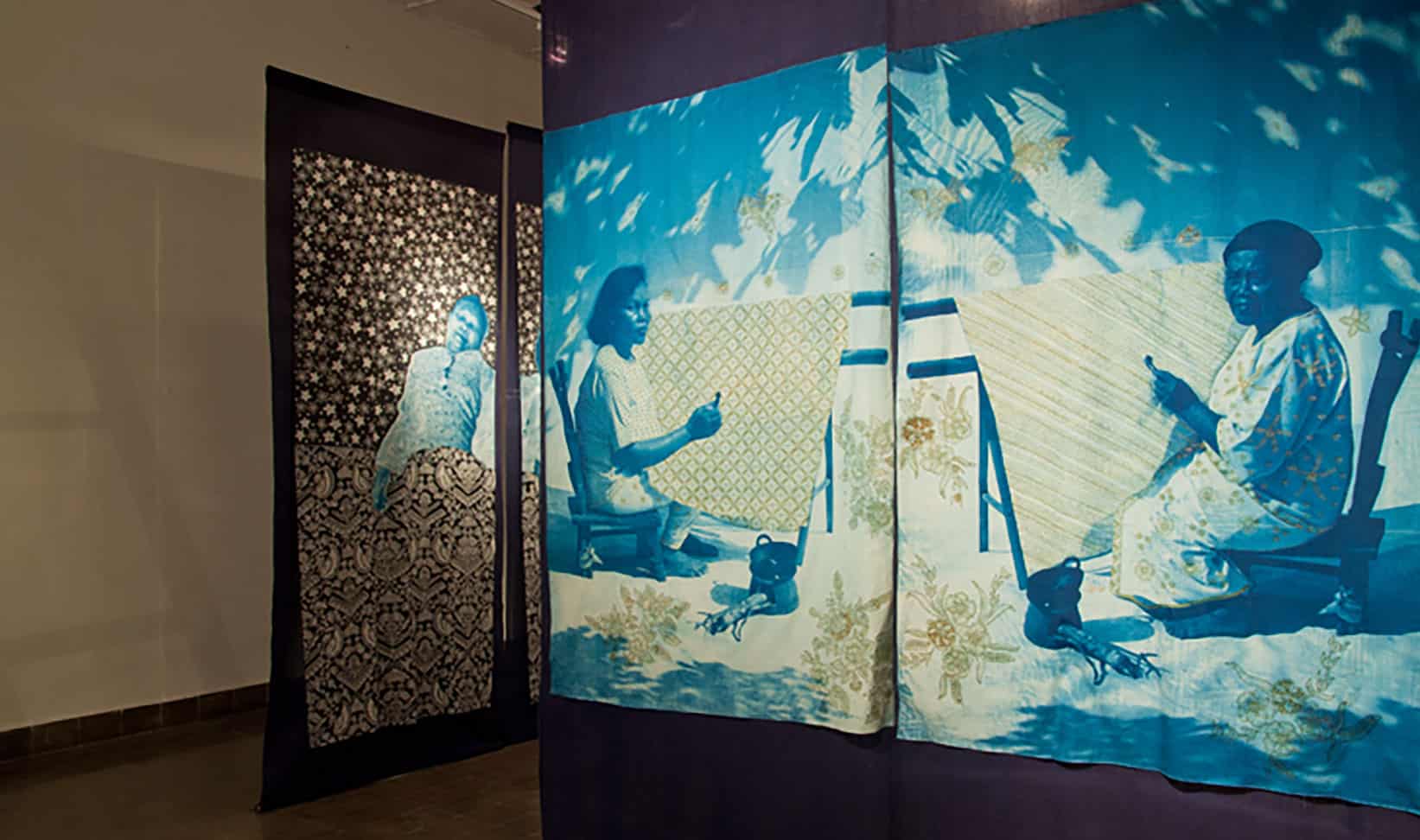

![Palestinian artist Hazem Harb [Hazem Harb]](https://i2.wp.com/www.middleeastmonitor.com/wp-content/uploads/2021/10/hazem.jpg?resize=1199%2C800&quality=85&strip=all&zoom=1&ssl=1)
